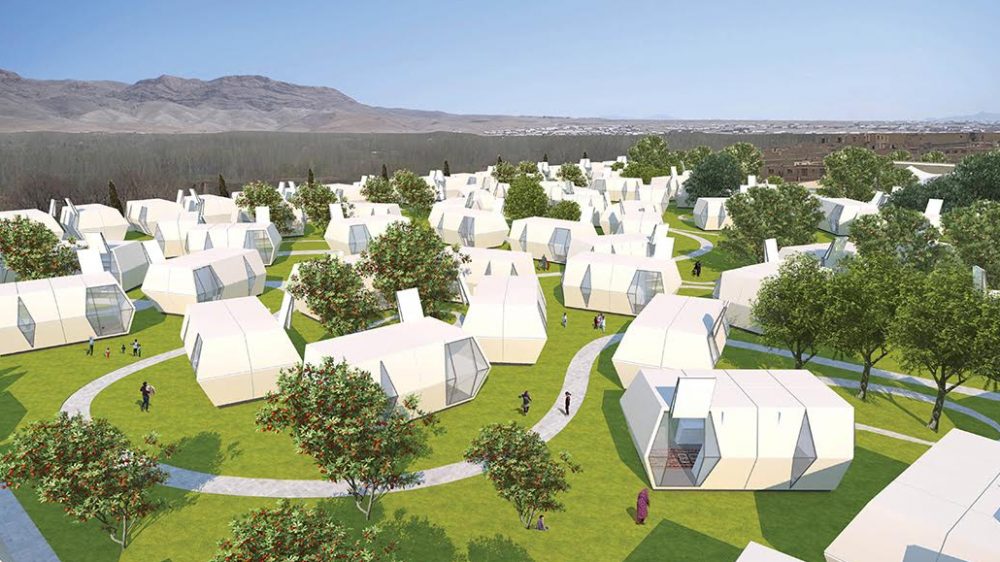In times of crisis, emergency shelters play a crucial role in providing immediate assistance and safety for individuals and families. Whether in the wake of natural disasters, public health emergencies, or civil unrest, these facilities offer refuge and essential services to those affected. This article delves into the various types of emergency shelters, their functions, and the critical support systems that make them effective.
The Importance of Emergency Shelters
Emergency shelters are vital components of disaster response and recovery efforts. They serve as a temporary haven for displaced individuals, offering protection from the elements and dangerous situations. In the aftermath of hurricanes, wildfires, earthquakes, or floods, many people find themselves without homes or access to basic necessities. Emergency shelters are designed to address these urgent needs, providing safe accommodations where individuals can find solace while awaiting further assistance.
Beyond physical safety, emergency shelters offer psychological support. During a crisis, individuals often experience heightened stress, anxiety, and uncertainty. Shelters create a sense of community, allowing displaced people to connect with others facing similar challenges. This social support can significantly alleviate feelings of isolation and fear, helping individuals regain a sense of normalcy in the chaos of their circumstances.
Types of Emergency Shelters
Emergency shelters can be classified into several categories based on their purpose, structure, and the type of emergencies they address. Understanding these distinctions is crucial for effective planning and resource allocation.
One of the most common types is the temporary shelter established during natural disasters. These facilities often set up in community centers, schools, or large public venues. They typically provide cots, blankets, and meals to those affected by the disaster. Local authorities, in collaboration with organizations such as the Red Cross, manage these shelters, ensuring that essential services are available.
Another type of emergency shelter is aimed at specific populations. For instance, shelters for homeless individuals are crucial in urban areas where people may seek refuge from extreme weather conditions or economic hardship. These shelters often provide not only a place to sleep but also access to healthcare, job training, and social services, helping individuals transition back to stable living situations.
Specialized shelters exist for unique situations, such as domestic violence or human trafficking. These facilities offer confidential and safe environments for survivors, providing resources tailored to their specific needs. The importance of such shelters cannot be overstated, as they protect vulnerable individuals from further harm while facilitating their healing process.
Challenges Faced by Emergency Shelters
Despite their essential role, emergency shelters encounter numerous challenges that can hinder their effectiveness. One significant issue is the lack of resources and funding. Many shelters rely on donations and volunteer support to operate, which can be inconsistent. As a result, the quality of services provided may vary, impacting the overall experience of individuals seeking refuge.
Additionally, emergency shelters often face capacity issues. During significant disasters, the demand for shelter space can far exceed available resources, leaving some individuals without access to safe accommodations. This situation can exacerbate the stress and trauma experienced by those already in crisis, highlighting the need for better planning and resource management.
Logistical challenges also arise in shelter operations. Coordinating supplies, staff, and volunteers requires meticulous organization, especially in the chaos following a disaster. Delays in providing essential services, such as food and medical care, can lead to frustration among shelter residents, further complicating the situation.
Future of Emergency Shelters
The future of emergency shelters hinges on innovation and adaptation to the changing landscape of disasters and emergencies. As climate change continues to intensify the frequency and severity of natural disasters, communities must prepare for an increased demand for emergency services. This preparation involves investing in infrastructure, training personnel, and developing comprehensive disaster response plans.
One promising development is the incorporation of technology into shelter management. Digital tools can streamline communication between agencies, improve resource allocation, and enhance the overall efficiency of shelter operations. Utilizing data analytics can help identify areas most in need of support and facilitate quicker responses during emergencies.
Moreover, fostering partnerships between government agencies, non-profit organizations, and private sector entities can create a more robust support system for emergency shelters. Collaborative efforts can lead to better funding opportunities, resource sharing, and innovative solutions to challenges faced during disasters. By building strong networks, communities can enhance their resilience and ensure that emergency shelters are adequately equipped to meet the needs of displaced individuals.
Emergency shelters serve as a lifeline during crises, providing essential support to those affected. Understanding their importance, types, and challenges allows communities to better prepare for the unexpected. As we look to the future, embracing innovation and collaboration will be vital in enhancing the effectiveness of emergency shelters and ensuring that they remain a safe haven for those in need.









